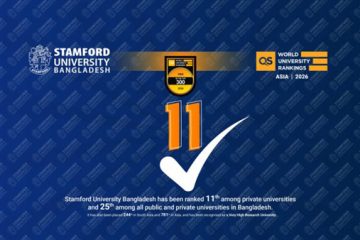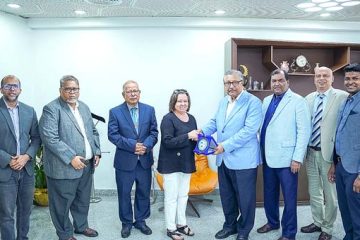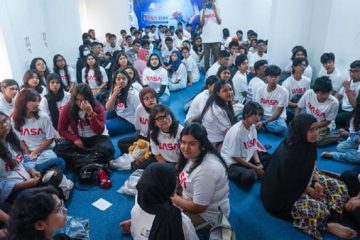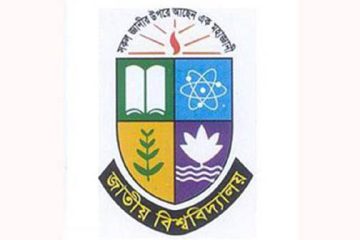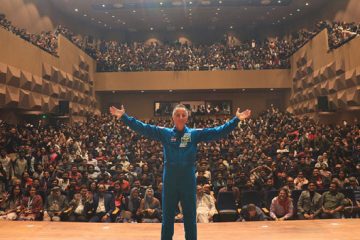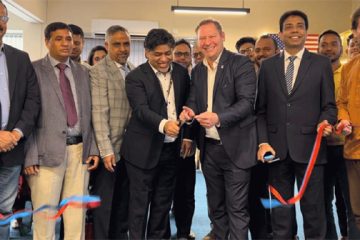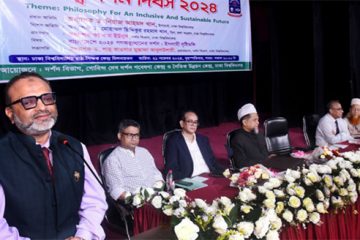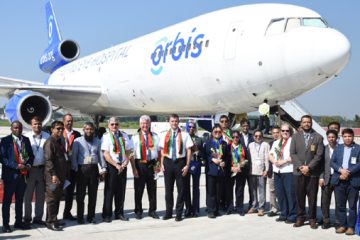The government is yet to decide over placing the drainage system of the Dhaka city under a single authority, a move initiated 10 years ago.
The city corporations and the Dhaka Water Supply and Sewerage Authority officials said the ministry concerned did not hold any meeting on the issue in 2013.Meanwhile, the city people have continued to suffer immensely for mindless road digging by different authorities through the year, especially during rainy season, while water stagnation is the cause of public sufferings in many city areas.
Roads at Malibagh, Rajarbagh, Mouchak, Shajahanpur, Chowdhurypara, Rampura, Khilgaon, Jigatola, Dhanmondi, Motijheel, Kazipara, Shewrapara and other low lying areas go under water even after a brief shower.
The government had initiated the plan for a single authority against the backdrop of indiscriminate road digging round the year and water-stagnation in the rainy season in the absence of coordination among various city development agencies.
At an evaluation meeting on the city’s governance and development held on July 11, 2003, the government decided to put the city’s drainage system either under the erstwhile Dhaka City Corporation or DWASA.
The local government division at a coordination meeting on February 23, 2012 decided to form a committee with representatives from Dhaka North City Corporation, Dhaka South City Corporation and DWASA to make recommendations and submit reports in two months to address the lack of coordination among various city development authorities.
The committee was formed on May 7, more than two months after the decision was made, and it submitted recommendations on July 11 the same year.
The report of the committee said the city’s sewer system and physical structure (roads, lanes and by-lanes) were closely interlinked.
The water supply authorities alleged that the wastes, supposed to be managed by the city corporations, were being dumped in its drainage network.
The city corporations are usually blamed for water-stagnation though they are not the only authorities to manage the system.
The report observed that if the drainage system was handed over to the city corporations, they would be solely responsible for maintenance of the drainage network and roads and the problem of coordination would be over.
It said the SWD should be under a single body although it pointed out that the DSCC and the DNCC did not have the specialist manpower at present to manage the system.
It also pointed out that, at present, it was not possible for the DWASA to hand over all the SWD manpower, equipment and logistics to the city corporations.
DWASA managing director (acting) Mohammad Ataur Rahman told New Age on Tuesday that no meeting was held in 2013 on the issue.
‘If the government decides to hand over the drainage system to the city corporations or us, we have no problem,’ he said, adding, ‘we want end to public sufferings.’
DSCC chief engineer Zahangir Alam said they did not get any invitation of meeting on the matter from the local government division this year.
At present the city corporations construct and maintain roadside surface drains while the DWASA constructs storm sewers, box culverts and new drains.
DWASA’s drainage system covers only 30 per cent of the city’s total area while many households link their drains with the city corporations’ storm sewers causing environmental pollution.
DWASA maintains 275 kilometres of drain network and 8.75 kilometres of box culverts while the city corporations have 3,000 kilometres of drains and 4.5 kilometres of box culverts.
-With New Age input

